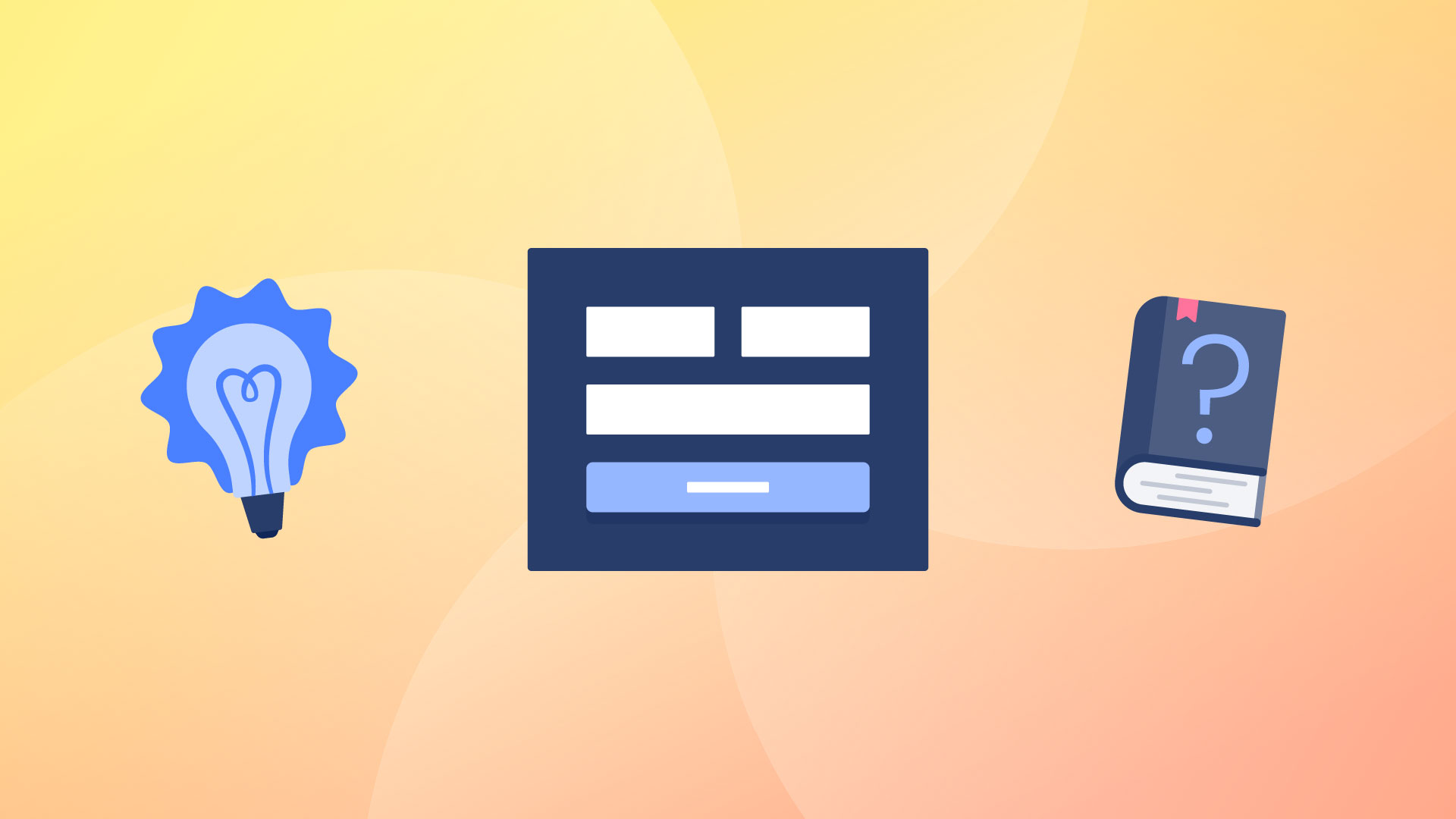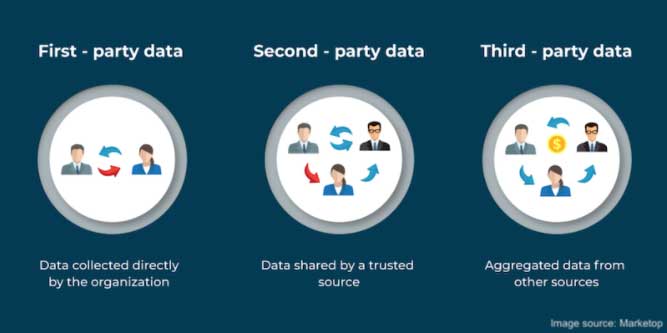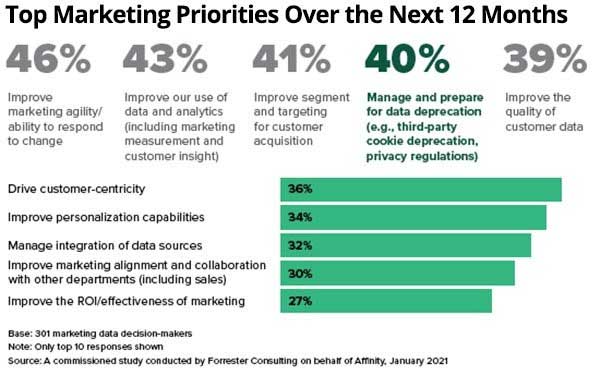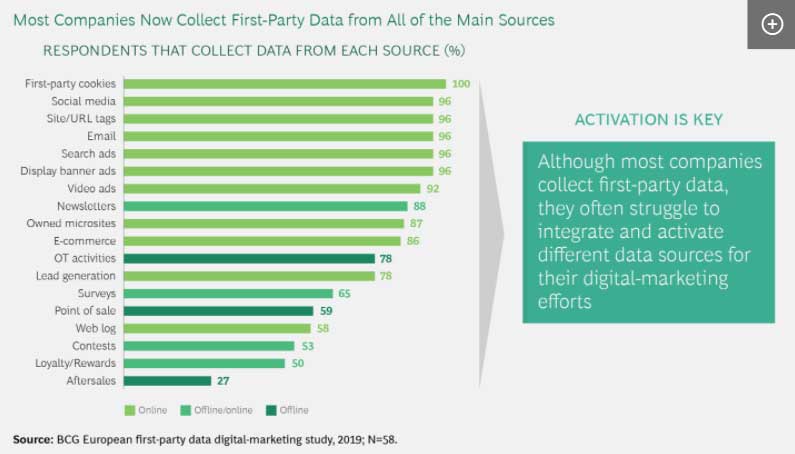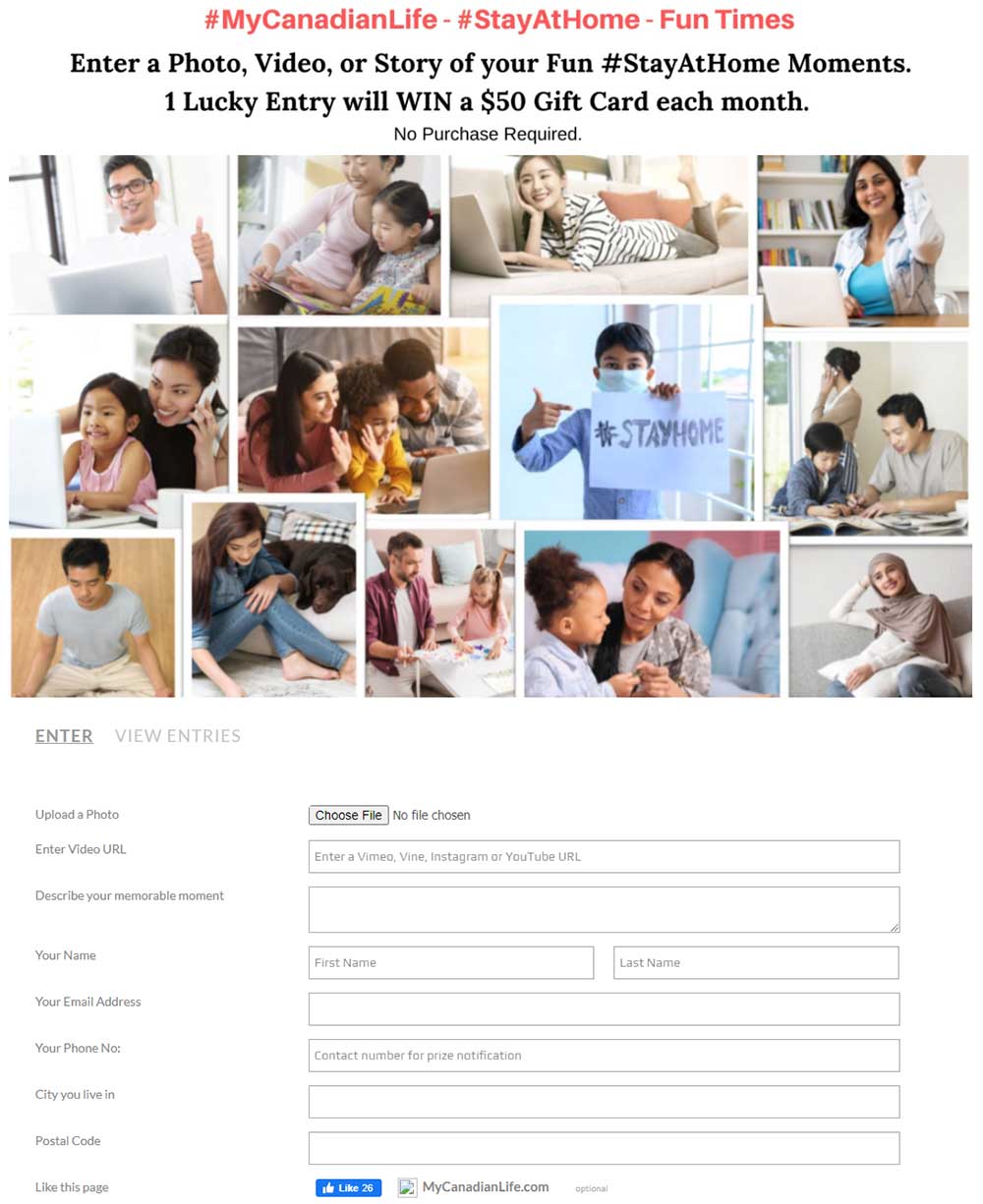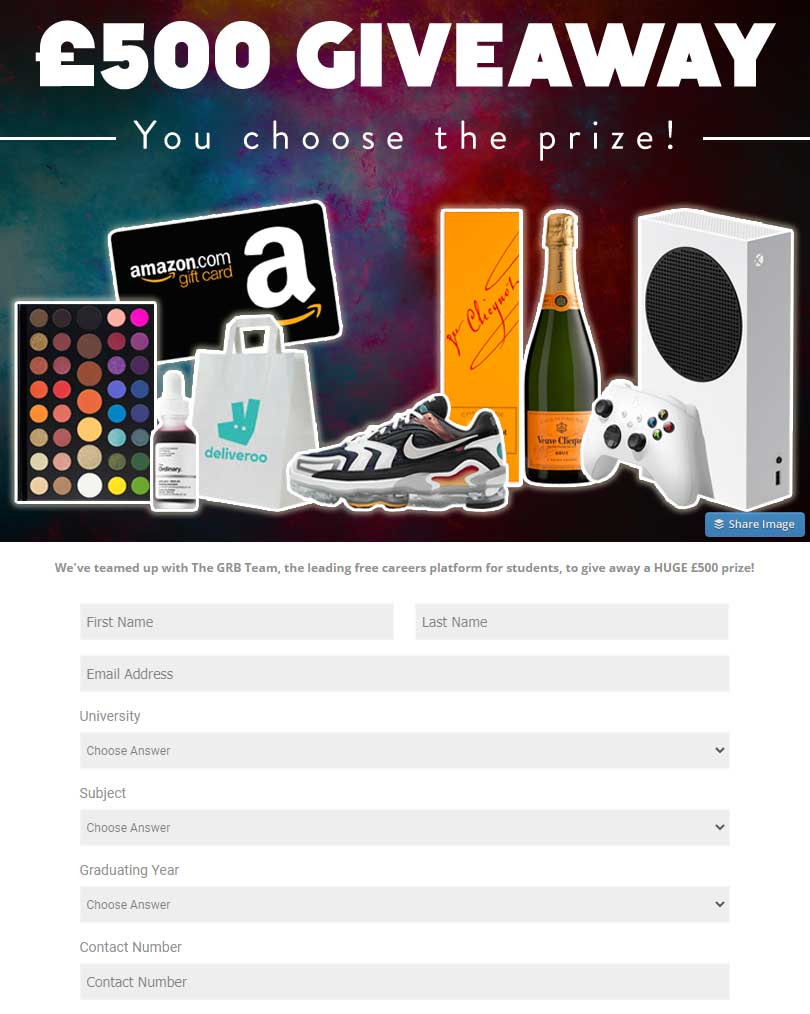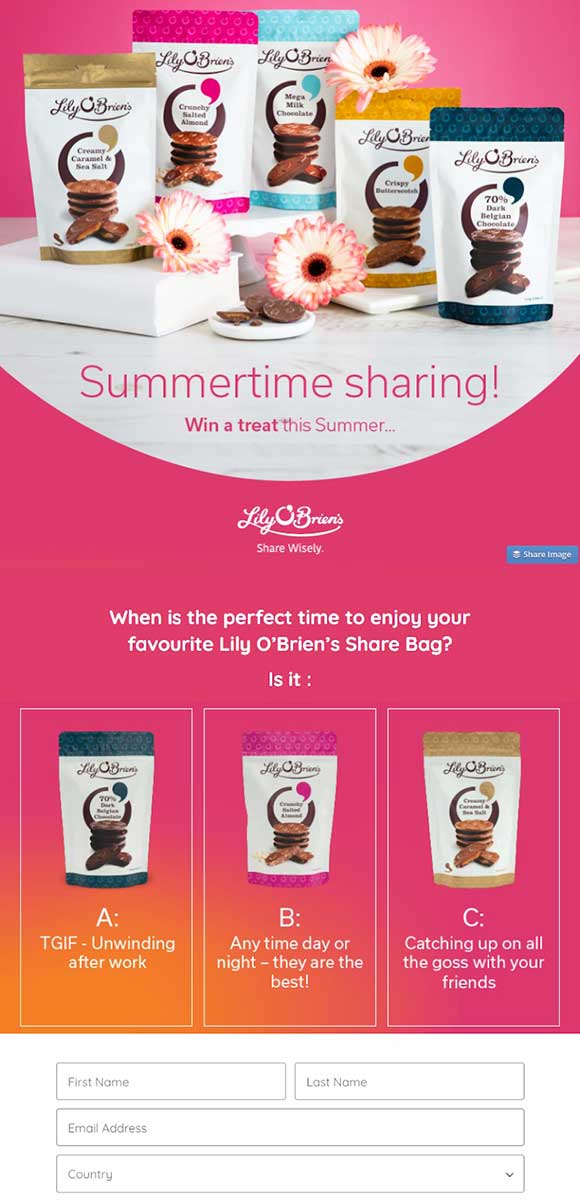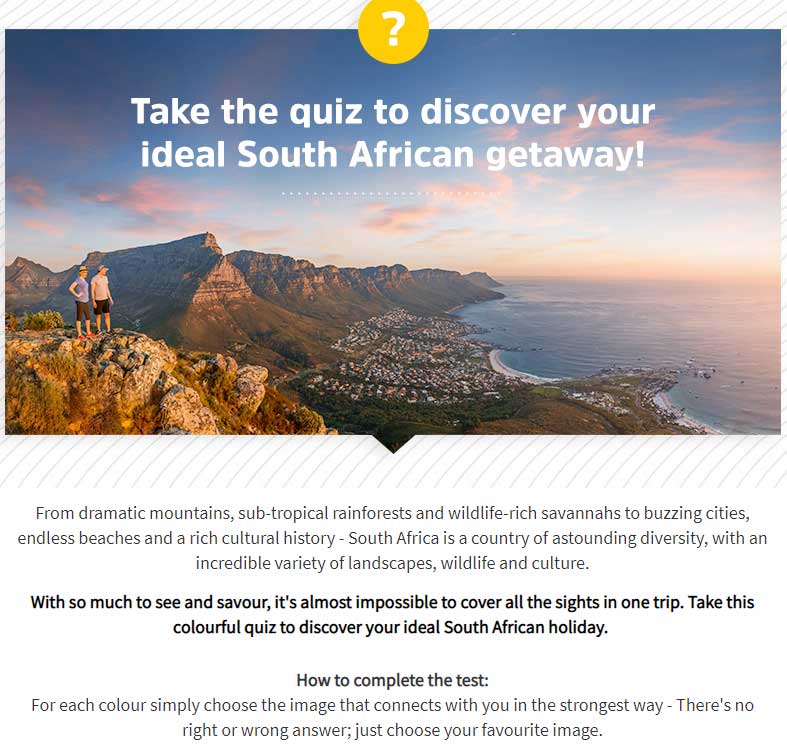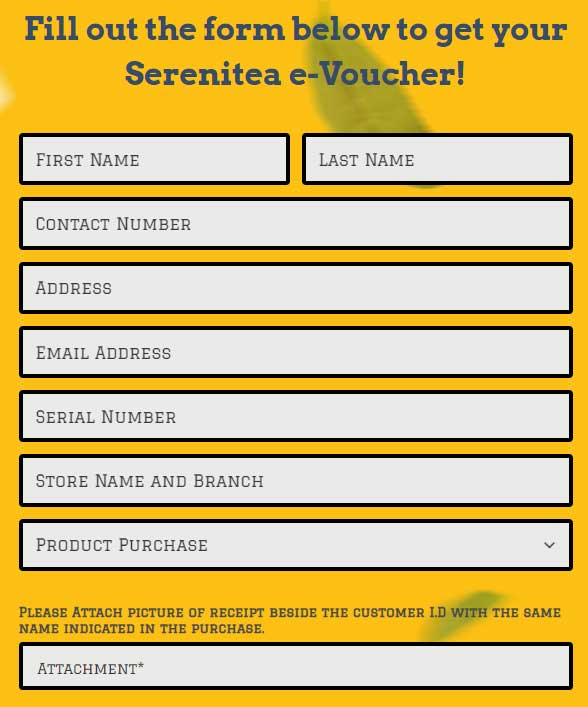The clock is ticking until third-party cookies disappear, taking third-party audiences along with them. For retailers, cookieless environments make it harder to deliver personalized ads at just the right moment. Right now, marketers are researching solutions while focusing on first-party data collection and relationship-building.
Learn how companies prepare for the cookiepocalypse and discover unique ways to transform your giveaway idea into a first-party data collection tool.
How We Reached the Data Privacy Tipping Point
Although privacy has been a concern for a long time, marketers had to work with what was provided, i.e., third-party data. When the European Union introduced the General Data Protection Regulation (GDPR), it became clear the times were changing. It was quickly followed by Apple’s browser, Safari, bringing intelligent tracking prevention (ITP) into the mix.
By 2018, the California Consumer Privacy Act (CCPA) was passed. Early in 2020, Google announced it was phasing out cookies on its Chrome browsers, which has 63.64% of the global market share. Shortly after, Apple stated the latest iOS 14 — used on 80% of devices — would make ITP the default. And CCPA enforcement began in July 2020.
At this point, it was clear that cookies and the data they provide were disappearing, resulting in a seismic shift in the marketing landscape.
Expectations for a Cookieless Future
The thing is, consumers want privacy. But they also appreciate personalization. According to Epsilon, “80% of consumers are more likely to make a purchase when brands offer personalized experiences.” Consequently, 89% of digital businesses invest in personalization.
Unfortunately, cookie depreciation will affect retailers in multiple ways:
- The elimination of retargeting: Without third-party behavioral data, advertisements will become less relevant.
- The loss of attribution: A cookieless environment means marketers can’t track the customer journey across channels.
- Reliance on walled gardens: Large ad ecosystems like Facebook, Amazon, and Google will control the data, leaving marketers dependent on these giants.
- The removal of third-party audiences: As cookies depreciate, audience information will decline, resulting in a massive data gap.
With the cookiepocalypse coming, it’s essential to make plans. You won’t have reliable third-party audiences used to create targeted ad campaigns. Nor will you be able to track leads as they traverse the internet.
Cookie Alternatives for Data Collection
No cookies? No worries! Ramp up your first-party data collection game to get a jumpstart on the competition. Organizations can use this time to explore other options, such as using a customer data platform (CDP), a data management platform (DMP), or partnering with other companies to get second-party data. However, a big priority should be to collect first-party data.
Organizations can gather first-party data from different sources, such as:
- Mobile apps
- Lead magnets
- Tracking pixels on websites
- Social media
- Chatbots
- Texting or SMS campaigns
- Email subscriptions
- Location-based beacons and sensors
- Customer service interactions
- Website user registration
- Customer relationship management (CRM) systems
- Surveys and polls
- Point of purchase e-commerce purchase registration
- Direct mail
Brick and mortar retail stores can also gather first-party data on-site. Neat ideas include using your guest WiFi, rewards program, and even receipts to encourage customers to consent to data collection. Plus, get your shoppers involved in your online giveaway. Use a tablet near your point of sale to capture email addresses and more.
Benefits of First-Party Data Collection
Third-party data was never a perfect tool. Every retailer buys the same data, which doesn’t leave much room for originality. But, first-party data is unique to your company. And using it can give your retail shop a competitive advantage.
Think With Google says, “We found that those using first-party data for key marketing functions achieved up to a 2.9X revenue uplift and a 1.5X increase in cost savings.” Furthermore, retailers can use the information to identify customer behavior trends and develop effective retargeting campaigns.
First-Party Data Collection & Giveaways
As you design a new data collection strategy, consider ways to get extra value from your current campaigns. Giveaways and contests give you a chance to learn more about your audience, interact with them, and ask for information. When used on social media, you can boost brand awareness and your follower count.
However, for the best results, pair your Facebook or Instagram giveaway with a standalone landing page to capture email addresses or ask questions about their shopping habits.
What kind of data can you collect using a giveaway?
Discover your audience’s interests, characteristics, behaviors, and preferences with a giveaway. Custom landing pages let you collect contact information and qualify leads. A quiz also delivers similar outcomes. Think about what type of information you need for ad targeting or audience segmentation. Then, design quiz questions that offer insights into your prospective shoppers’ lives.
Can a giveaway idea support multiple goals?
Absolutely! Giveaways work well to increase brand awareness, boost your social media follower count, and gather first-party data. Narrow your focus by picking one or two high-priority objectives and create giveaway content that satisfies a dual purpose.
How can you use giveaway data?
Once you have various first-party datasets, use this information to enhance marketing campaigns, predict future behavior, and build segments to improve your targeting. For existing customers, first-party data can help you upsell products or delight them with a personalized experience. To attract new customers, retailers use first-party data to identify the qualities of customers and develop lookalike audiences.
5 Examples of Promotions Used to Collect Data
The easiest way to host a promotion, such as a giveaway or contest, is to hold it on social media. Your fans add a comment or share your post for a chance to win. With a random comment picker, you can quickly pick a winner.
However, each giveaway idea is an opportunity to learn about your audience. On social channels, such as Facebook, Twitter, or Instagram, the best thing you can do is interact and build relationships. Of course, you can add a poll or ask folks to share their favorite product from your store, but it’s tougher to collect emails or ask for personal information online.
To get around this, add a landing page to any contest or giveaway. Fans can sign up on your Facebook post but get bonus entries by sharing your giveaway link with friends and family. Below, we explore several giveaway ideas with landing pages designed to gather first-party data from entrants.
1. Giveaway Idea: Photo and Video Contests
Photo and video contests are a fun way to get fans involved with your brand. Plus, it gives access to user-generated content for use on your social media channels, website, or in emails or blog posts.
In the giveaway example below, the organization accepts three types of user-generated content: a photo, video, or comment. Additionally, they gather information about the entrant’s location, email address, and phone number—all of which are vital to understanding and connecting with their audience.
2. Giveaway Idea: Social Media Giveaways
For retailers targeting specific demographics, a landing page tied to a social media giveaway is a great option. Host your contest or giveaway on Facebook, Instagram, or Twitter. But offer fans bonus entries for each person who signs up via your giveaway link.
This call-to-action prompts followers to share your landing page. It can expand your audience and provide more chances to connect with potential shoppers. In the following giveaway example, the agency collects data about the university attended and the subject studied.
3. Giveaway Idea: Polls
Polls help you learn about your audience without requiring them to fill out a long form of questions. Instead, you can build brand-related polls to understand how customers use your products or their shopping preferences. Consider polls that ask questions, such as:
- What’s your favorite time to take in some retail therapy?
- Do you typically shop for products for yourself or someone else?
- After shopping online, do you pick up in-store, opt for delivery, or go curbside?
4. Giveaway Idea: Quizzes
A personality or trivia quiz provides a few questions and asks users to pick an answer. Format your quiz responses using photos, videos, or written answers. They’re also embeddable, so you can add a quiz to your website and boost time spent on your page.
Along with being fun, quizzes also are a great way to learn about your audience. Their responses help fill data gaps, and you can even use a quiz to recommend products.
5. Giveaway Idea: Coupons and Promo Codes
Want to increase customer loyalty and stay in touch after a purchase? Consider sending an e-voucher, promo code, or coupon. Doing so can score a repeat purchase and help keep your brand top of mind.
But, coupons and promo codes aren’t only for existing customers. Retailers can use them to encourage clients to refer a friend or reward contest entrants who didn’t win.
A Cookieless Future: Use a Giveaway Idea to Gather Data
Although retailers will feel the impact of cookie depreciation, it’s also an opportunity to develop stronger customer relationships. With a first-party data collection plan, you can use existing campaign tactics to gather intel to replace third-party cookies. Put your giveaway idea or quiz to work by selecting form questions that help you learn about your audience.
Need help adding giveaways to your campaigns?
Connect with our Woobox team to put your giveaway idea into action. We’re available from 9 am to 5 pm PST, Monday through Friday at 1-360-450-5200 and support@woobox.com.
